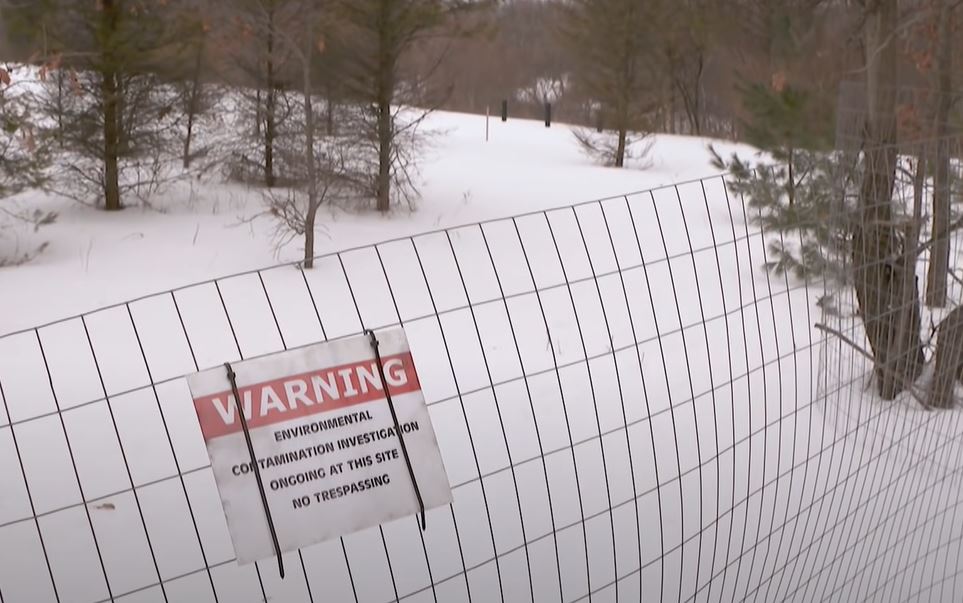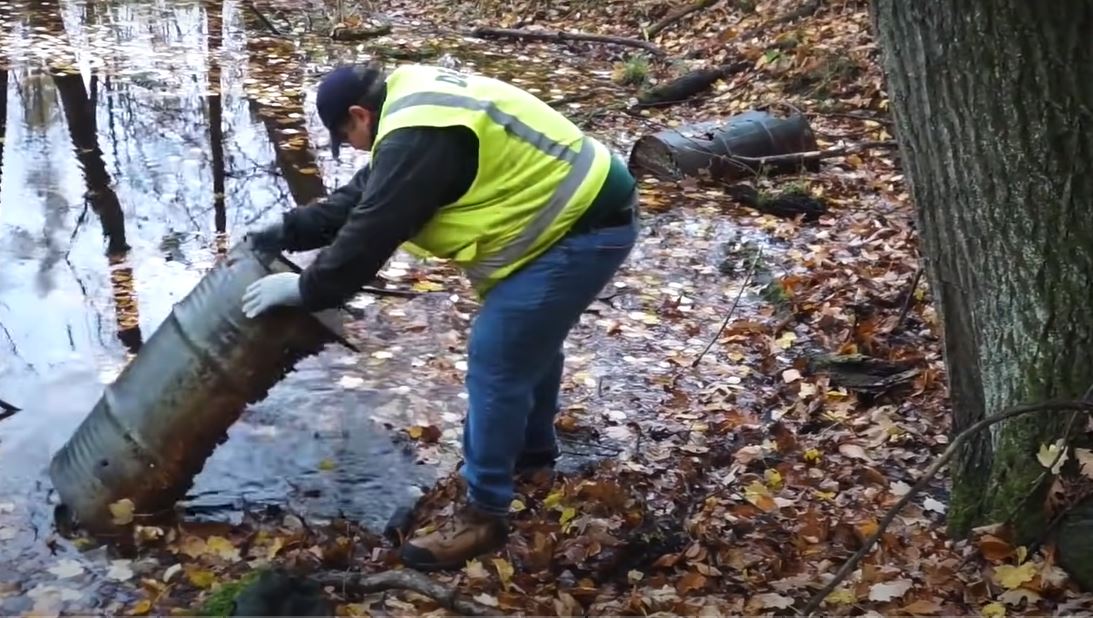
The final rule is expected to protect about 100 million people from exposure to the class of 15,000 compounds known as per- and polyfluoroalkyl substances (PFAS), affecting between 6% and 10% of the 66,000 public drinking water systems in the United States.
The U.S. Environmental Protection Agency made two significant announcements on Wednesday: first, it offered $1 billion to states for public water system testing; second.
it announced its first-ever drinking water standard to protect people against toxic “forever chemicals” found in many household and everyday items.
This is the agency’s first attempt to reduce the chemicals that cause cancer.
According to the government, the final rule would prevent tens of thousands of deaths that have been connected to PFAS.
Known as “forever chemicals” because of their difficult breakdown in the environment or human body, PFAS can be found in countless consumer and commercial products such as stain-resistant clothes, non-stick cookware, cosmetics, and firefighting foams.

“In fulfilling the Biden-Harris Administration’s commitment to advancing environmental justice, safeguarding communities, and securing clean water for people across the nation.
The first national drinking water standards for PFAS represent a significant step,” said Brenda Mallory, chair of the White House Council on Environmental Quality, in a statement.
According to experts, the introduction of new legislation would increase the number of lawsuits pertaining to PFAS.
Plaintiffs alleging that large chemical firms contaminated American drinking water with hazardous per- and polyfluoroalkyl substances (PFAS) last year alone resulted in settlements over $11 billion.
According to U.S. Geological Survey research published last year, PFAS was present in over half of tap water samples from throughout the country.
The five distinct PFAS chemicals—PFOA, PFOS, PFNA, PFHxS, and HFPO-DA—will each have restrictions imposed under the EPA rule.
Every public water utility has three years to finish up its PFAS monitoring program and notify the public of the amount of these chemicals detected in their drinking water.
Water utilities must install technologies to lower PFAS in their drinking water within five years if PFAS is detected at levels above regulations.